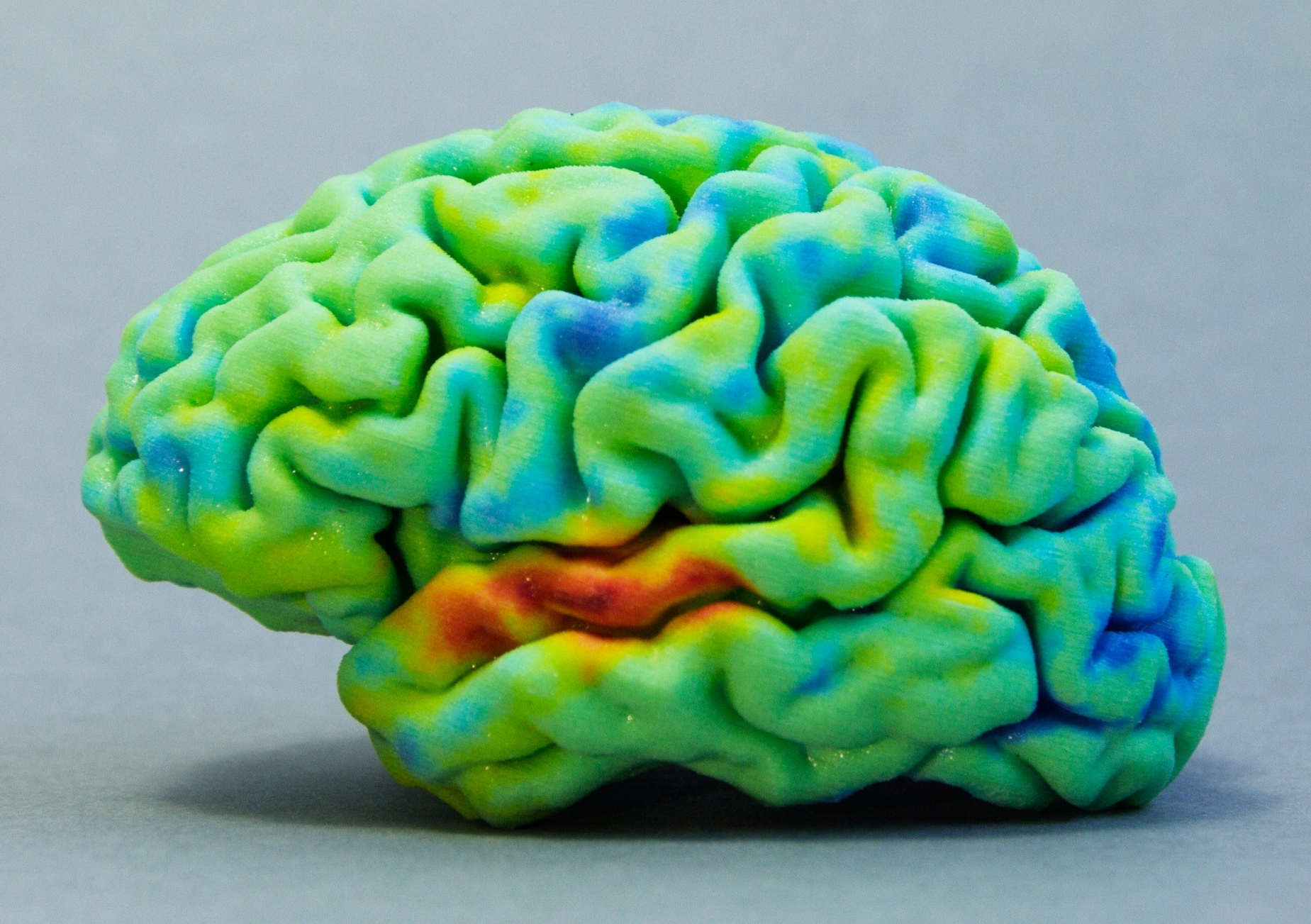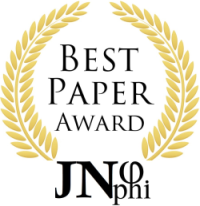Telepresence, the Brain, and Consciousness
Abstract
This article reexamines the long-standing assumption that consciousness arises solely from the forebrain, particularly the cerebral cortex. While traditional neuroscience has linked cortical activity with perception, reasoning, and the sense of self, alternative perspectives suggest that the brain’s most ancient structures — the cerebellum and brainstem — may play a foundational role in conscious experience. Through a combination of anatomical analysis, philosophical reflection, and thought experiments such as telepresence scenarios, this paper explores the possibility that consciousness could originate in the hindbrain, with the forebrain acting primarily as an interface for sensory and motor interaction. The discussion addresses common objections to this model, including findings from cerebellar agenesis and split-brain studies, and highlights new research implicating the cerebellum in higher cognitive functions. Broader implications for neuroscience and philosophy are considered, suggesting that a reevaluation of the hindbrain's role may reshape our understanding of consciousness and selfhood.
Keywords:
brain cerebellum consciousness telepresence virtual realityDownloads
Metrics
References
Bayne T. The unity of consciousness and the split-brain syndrome. J Philos. 2008;105(6):277–300.
Clark A. Whatever next? Predictive brains, situated agents, and the future of cognitive science. Behav Brain Sci. 2013;36(3):181–204. doi:10.1017/S0140525X12000477
Clark A. Surfing Uncertainty: Prediction, Action, and the Embodied Mind. Oxford University Press; 2016.
Cooperrider J, Moinuddin AA, Park J, et al. Chronic deep cerebellar stimulation promotes long-term potentiation, microstructural plasticity, and reorganization of perilesional cortical representation in a rodent model. Brain. 2020;143(1):289–305. doi:10.1093/brain/awaa018
Dehaene S. Consciousness and the Brain: Deciphering How the Brain Codes Our Thoughts. Viking Press; 2014.
Downloads
Published
How to Cite
Issue
Section
License
Copyright (c) 2025 George Goutos

This work is licensed under a Creative Commons Attribution-NonCommercial-ShareAlike 4.0 International License.
Authors continue to hold copyright with no restrictions.














